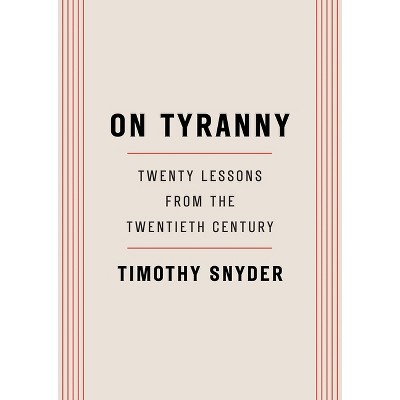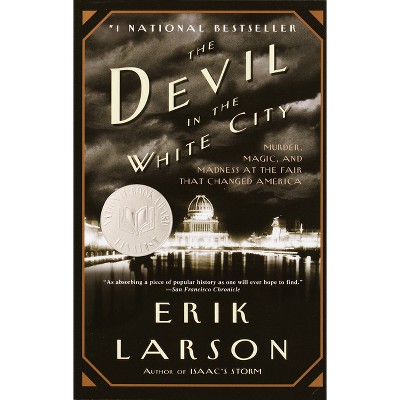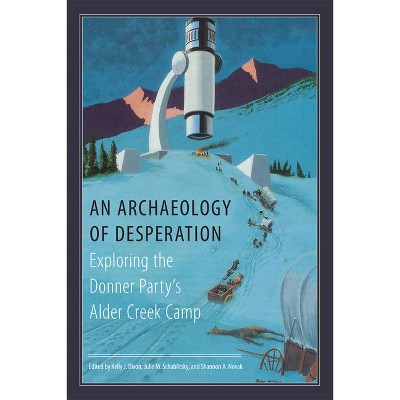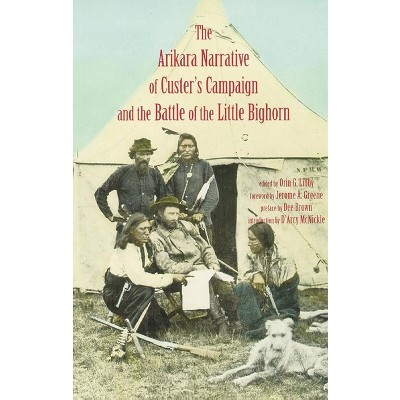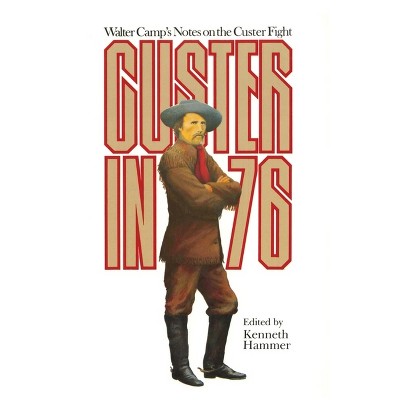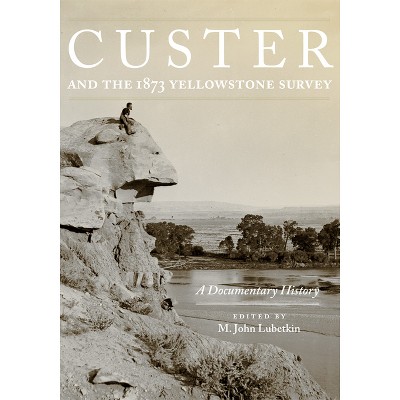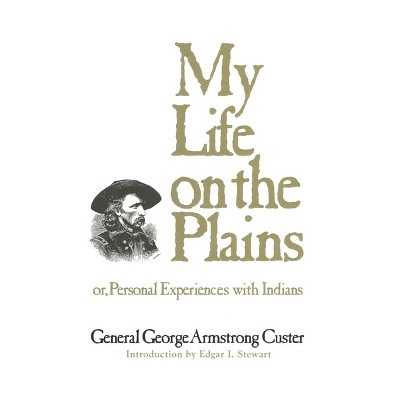Archaeology, History, and Custer's Last Battle - by Richard Allan Fox (Paperback)

About this item
Highlights
- On the afternoon of June 25, 1867, an overwhelming force of Sioux and Cheyenne Indians quickly mounted a savage onslaught against General George Armstrong Custer's battalion, driving the doomed troopers of the U.S. Seventh Cavalry to a small hill overlooking the Little Bighorn River, where Custer and his men bravely erected their heroic last stand.So goes the myth of the Battle of the Little Bighorn, a myth perpetuated and reinforced for over 100 years.
- Author(s): Richard Allan Fox
- 416 Pages
- History, United States
Description
About the Book
Revision of thesis (Ph. D.)--University of Calgary, 1988.Book Synopsis
On the afternoon of June 25, 1867, an overwhelming force of Sioux and Cheyenne Indians quickly mounted a savage onslaught against General George Armstrong Custer's battalion, driving the doomed troopers of the U.S. Seventh Cavalry to a small hill overlooking the Little Bighorn River, where Custer and his men bravely erected their heroic last stand.
So goes the myth of the Battle of the Little Bighorn, a myth perpetuated and reinforced for over 100 years. In truth, however, Custer's Last Stand was neither the last of the fighting nor a stand.
Using innovative and standard archaeological techniques, combined with historical documents and Indian eyewitness accounts, Richard Allan Fox, Jr. vividly replays this battle in astonishing detail. Through bullets, spent cartridges, and other material data, Fox identifies combat positions and tracks soldiers and Indians across the Battlefield. Guided by the history beneath our feet, and listening to the previously ignored Indian testimonies, Fox reveals scenes of panic and collapse and, ultimately, a story of the Custer battle quite different from the fatalistic versions of history. According to the author, the five companies of the Seventh Cavalry entered the fray in good order, following planned strategies and displaying tactical stability. It was the sudden disintegration of this cohesion that caused the troopers' defeat. The end came quickly, unexpectedly, and largely amid terror and disarray. Archaeological evidences show that there was no determined fighting and little firearm resistance. The last soldiers to be killed had rushed from Custer Hill.
Shipping details
Return details
Trending History


